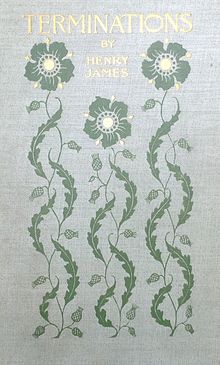
The Razor's Edge is a 1944 novel by W. Somerset Maugham. It tells the story of Larry Darrell, an American pilot traumatized by his experiences in World War I, who sets off in search of some transcendent meaning in his life. The story begins through the eyes of Larry's friends and acquaintances as they witness his personality change after the war. His rejection of conventional life and search for meaningful experience allows him to thrive while the more materialistic characters suffer reversals of fortune.

Henry James was an American-British author. He is regarded as a key transitional figure between literary realism and literary modernism, and is considered by many to be among the greatest novelists in the English language. He was the son of Henry James Sr. and the brother of philosopher and psychologist William James and diarist Alice James.

Sir James Matthew Barrie, 1st Baronet, was a Scottish novelist and playwright, best remembered as the creator of Peter Pan. He was born and educated in Scotland and then moved to London, where he wrote several successful novels and plays. There he met the Llewelyn Davies boys, who inspired him to write about a baby boy who has magical adventures in Kensington Gardens, then to write Peter Pan, or The Boy Who Wouldn't Grow Up, a 1904 West End "fairy play" about an ageless boy and an ordinary girl named Wendy who have adventures in the fantasy setting of Neverland.
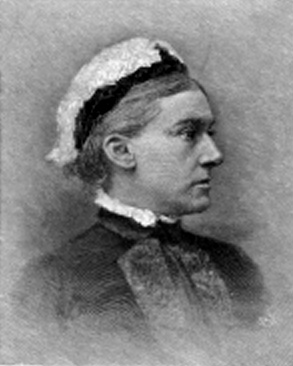
Rhoda Broughton was a Welsh novelist and short story writer. Her early novels earned a reputation for sensationalism, so that her later, stronger work tended to be neglected by critics, although she was called a queen of the circulating libraries. Her novel Dear Faustina (1897) has been noted for its homoeroticism. Her novel Lavinia (1902) depicts a seemingly "unmanly" young man, who wishes he had been born as a woman. Broughton descended from the Broughton baronets, as a granddaughter of the 8th baronet. She was a niece of Sheridan le Fanu, who helped her to start her literary career. She was a long-time friend of fellow writer Henry James and was noted for her adversarial relationship with both Lewis Carroll and Oscar Wilde.

Charles Lamb was an English essayist, poet, and antiquarian, best known for his Essays of Elia and for the children's book Tales from Shakespeare, co-authored with his sister, Mary Lamb (1764–1847).

A miser is a person who is reluctant to spend money, sometimes to the point of forgoing even basic comforts and some necessities, in order to hoard money or other possessions. Although the word is sometimes used loosely to characterise anyone who is mean with their money, if such behaviour is not accompanied by taking delight in what is saved, it is not properly miserly.

Prince Charming is a fairy tale stock character who comes to the rescue of a damsel in distress and must engage in a quest to liberate her from an evil spell. This classification suits most heroes of a number of traditional folk tales, including "Snow White", "Sleeping Beauty", "Rapunzel" and "Cinderella", even if in the original story they were given another name, or no name at all.

Tales of the Dead was an English anthology of horror fiction, abridged from the French book Fantasmagoriana and translated anonymously by Sarah Elizabeth Utterson, who also added one story of her own. It was published in 1813 by White, Cochrane and Co..

Victor Frankenstein is a fictional character and the main protagonist and title character in Mary Shelley's 1818 novel, Frankenstein; or, The Modern Prometheus. He is a Swiss scientist who, after studying chemical processes and the decay of living things, gains an insight into the creation of life and gives life to his own creature. Victor later regrets meddling with nature through his creation, as he inadvertently endangers his own life and the lives of his family and friends when the creature seeks revenge against him. He is first introduced in the novel when he is seeking to catch the monster near the North Pole and is saved from near death by Robert Walton and his crew.
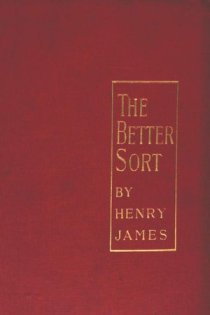
The Beast in the Jungle is a 1903 novella by Henry James, first published as part of the collection The Better Sort. Almost universally considered one of James' finest short narratives, this story treats appropriately universal themes: loneliness, fate, love and death. The parable of John Marcher and his peculiar destiny has spoken to many readers who have speculated on the worth and meaning of human life.
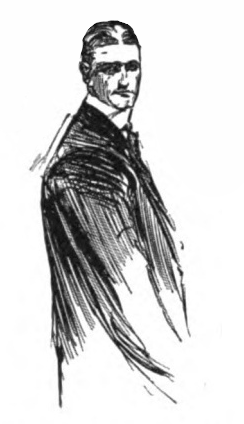
Thomas Carnacki is a fictional occult detective created by English fantasy writer William Hope Hodgson. Carnacki was the protagonist of a series of six short stories published between 1910 and 1912 in The Idler magazine and The New Magazine.
"Lamb to the Slaughter" is a 1953 short story by Roald Dahl. It was initially rejected, along with four other stories, by The New Yorker, but was published in Harper's Magazine in September 1953. It was adapted for an episode of Alfred Hitchcock Presents (AHP) that starred Barbara Bel Geddes and Harold J. Stone. Originally broadcast on April 13, 1958, this was one of only 17 AHP episodes directed by Hitchcock. The episode was ranked #59 of the Top 100 Episodes by TV Guide in 2009. The story was adapted for Dahl's British TV series Tales of the Unexpected. Dahl included it in his short story compilation Someone Like You. The narrative element of the housewife killing her husband and letting the policemen eat the evidence was used by Pedro Almodóvar in his 1984 movie What Have I Done to Deserve This?, with a leg of mutton.

The Green Room is a 1978 French historical drama film directed by François Truffaut, based on the 1895 short story "The Altar of the Dead" by Henry James, in which a man becomes obsessed with the dead people in his life and builds a memorial to them. It is also based on two other works by James: the 1903 novella The Beast in the Jungle and the 1896 short story "The Way It Came". It was Truffaut's seventeenth feature film as a director and the third and last of his own films in which he acted in a leading role. It stars Truffaut, Nathalie Baye, Jean Dasté and Patrick Maléon.
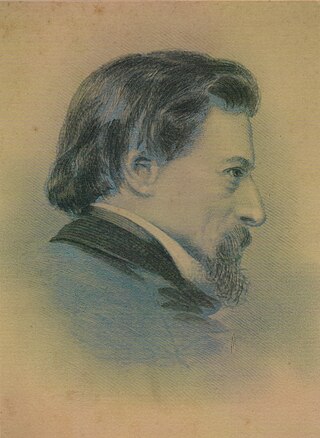
Charles Henry Bennett was a British Victorian illustrator who pioneered techniques in comic illustration.
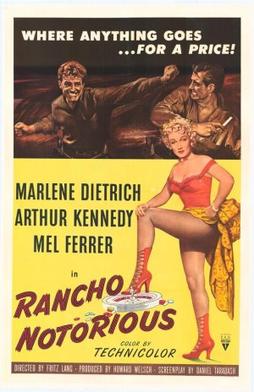
Rancho Notorious is a 1952 American Technicolor western film directed by Fritz Lang and starring Marlene Dietrich as the matron of a criminal hideout called Chuck-a-Luck, named after the game of chance referenced in the film. Arthur Kennedy and Mel Ferrer play rivals for her attention in this tale of frontier revenge.

The Death of the Lion is an 1894 short story by Henry James.

"Godfather Death" is a German fairy tale collected by the Brothers Grimm and first published in 1812. It is a tale of Aarne-Thompson type 332.

Frankenstein; or, The Modern Prometheus is an 1818 novel written by English author Mary Shelley. Frankenstein tells the story of Victor Frankenstein, a young scientist who creates a sapient creature in an unorthodox scientific experiment. Shelley started writing the story when she was 18, and the first edition was published anonymously in London on 1 January 1818, when she was 20. Her name first appeared in the second edition, which was published in Paris in 1821.
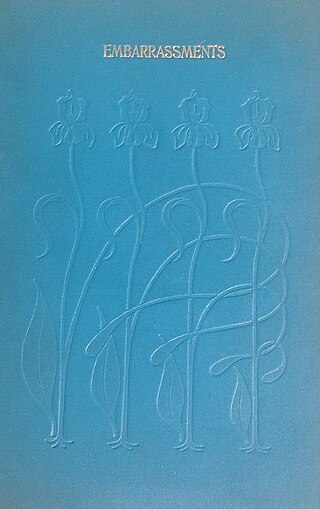
The Way It Came is a short story published in 1896 in London by American writer Henry James. The unnamed female narrator recounts her obsession with the mystical coincidence of two friends who seem destined to meet and who apparently do unite in spirit after death.
